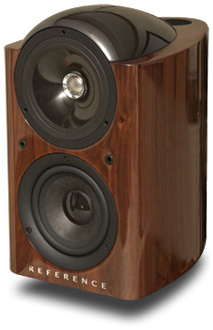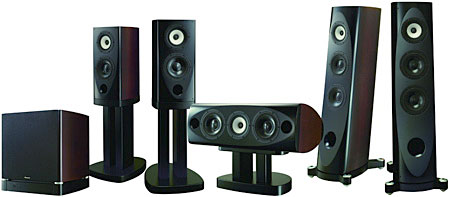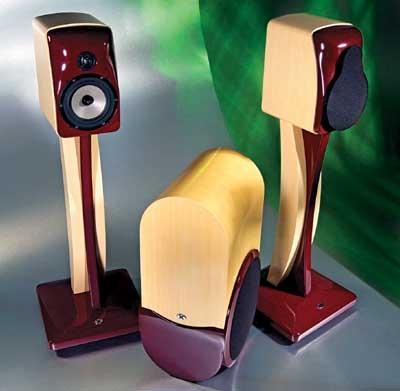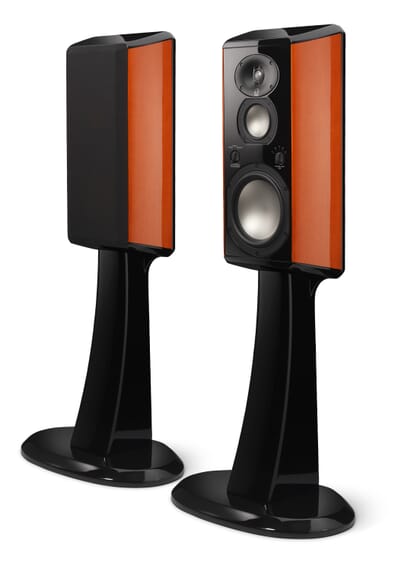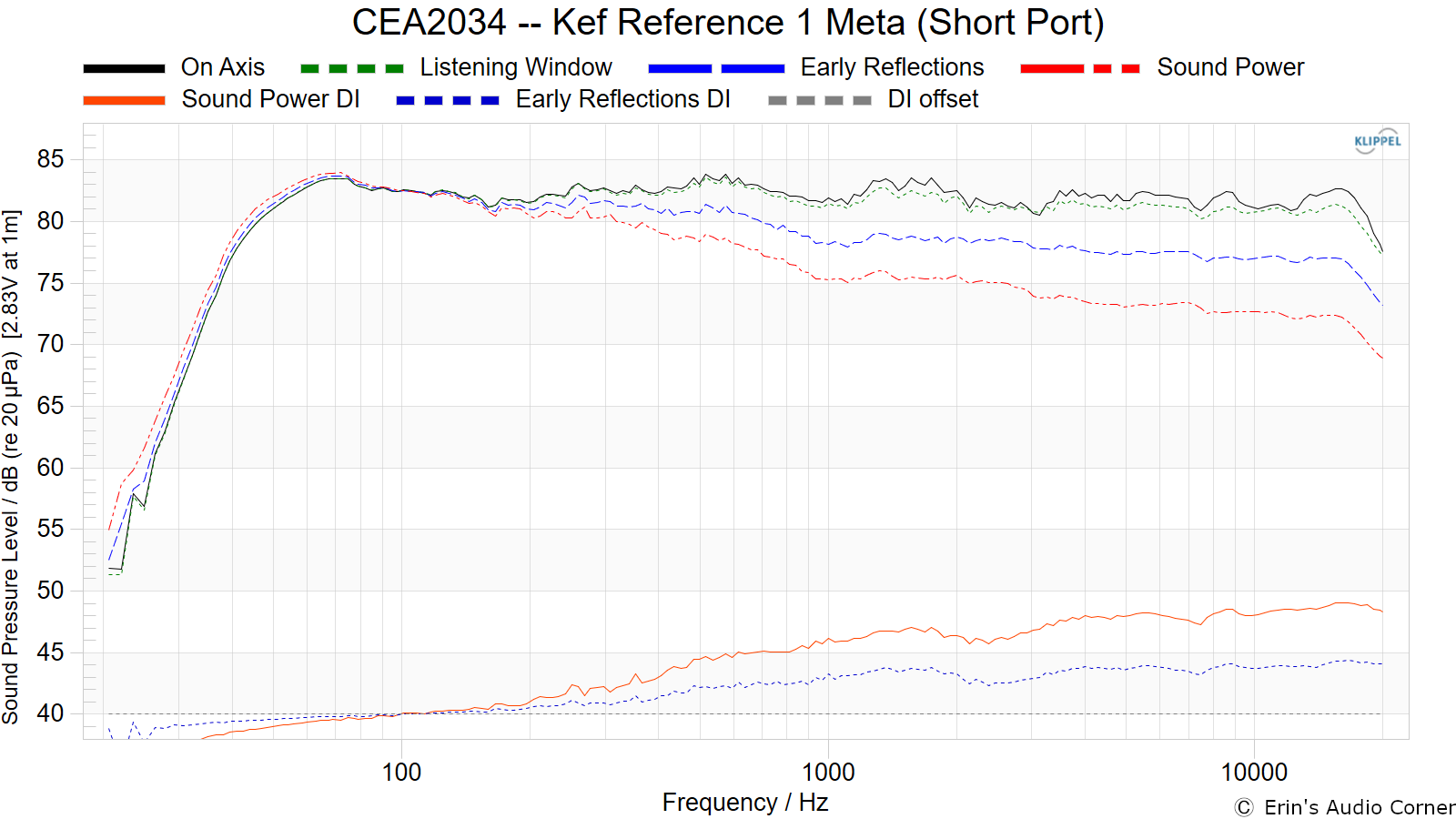Another interesting thing with this loudspeaker - Kef uses an laminate aluminium baffle , probably to make it stiffer , and shifting resonances to a higher frequency and with a lower amplitude for an overall better sound. This costs money and also makes a real difference.
Although I cannot state whether or not the fancy baffle
actually makes a difference in the performance, as I am not KEF's engineering team, I will definitely say that MDF (or most wood in general) is already good enough, or else why would literally everyone else use wood in their enclosures and baffles? (See: Revel Salon 2, JBL M2, etc). Genelec uses fancy metal enclosures but I think the reason they do that is to reduce material / labor costs. Despite all this, we have normal-enclosure-d speakers with as good as or better performance than the Reference series. So while the metal may look nice, and may subjectively work as a placebo to "improve" sound, it really isn't showing up on measurements when you consider measurement error.
Also, consider that while yes, the metal may be stiffer, it may also be heavier / denser. This will in turn push the resonances down in frequency. Additionally, just because a resonance is higher in frequency doesn't necessarily mean that it is lower in amplitude. If the driver is imparting more force on the baffle at that frequency, then the resonance could be worse.
So basically, I would have to agree that the fancy baffle is probably just for looks and to differentiate the Reference line from the R-line. It may make a very small difference to the sound, but looking at the R3, we can see that the Reference 1 really doesn't need anything that it would get from a metal baffle.
And lastly, keep in mind that KEF is moving more towards "lifestyle" designs. Basically, they want to increase the WAF of their speakers so that more people are able to buy them. I mean, look at the LS50 Wireless, it's one of their flagship speakers, that they then made a wireless version of. You don't see Klipsch making a wireless version of their top line. So KEF is definitely trying to break into a larger market, one which is interested in looks, and the fancy metal baffle makes it look nicer, and that's about it from an engineering standpoint.

